
- LajmeShqipëri Maqedoni Foleja.com Impresum Shkurt e Shqip
- Op/Ed
- Sport
Futboll Basketboll Sporte tjera- Roze
Arte Muzike Yjet TV/Film AutoTech Fun Shneta- Te tjera
Lajme
Shqipëri Maqedoni Foleja.com Impresum Shkurt e ShqipOp/Ed
Sport
Lajme
string(37) "conclave-to-elect-new-pope-on-may-7th"English

Gazeta Express
28/04/2025 18:52Conclave to elect new Pope on May 7th
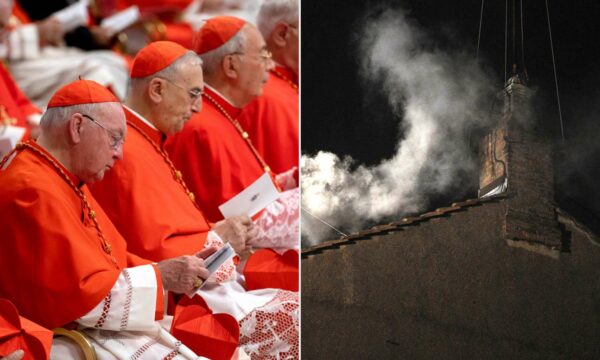
English

Gazeta Express
28/04/2025 18:52The conclave to elect the 267th Pope will begin on May 7th, following the conclusion of the Novemdiales Masses to pray for the eternal repose of the late Pope Francis.
he Cardinals present in Rome have agreed to begin the conclave on May 7th, 2025.
Lexo Edhe:
The date was set on Monday morning by the approximately 180 cardinals present (just over a hundred of whom are electors) gathered for the fifth General Congregation in the Vatican.
The conclave will take place in the Vatican’s Sistine Chapel, which will remain closed to visitors during those days.
What happens during the conclave?
The conclave will be preceded by a solemn Eucharistic celebration with the votive Mass Pro Eligendo Papa, attended by the Cardinal electors.
In the afternoon, the Cardinal electors proceed in a solemn procession to the Sistine Chapel, where the Conclave begins to elect the new Pope.
At the end of the procession inside the Sistine Chapel, each Cardinal elector takes the oath as prescribed in paragraph 53 of Universi Dominici Gregis.
Through this oath, they commit, if elected, to faithfully fulfill the Munus Petrinum as Pastor of the Universal Church.
They also pledge to maintain absolute secrecy regarding everything related to the election of the Roman Pontiff and to refrain from supporting any attempts of external interference in the election.
At this point, the Master of Pontifical Liturgical Celebrations proclaims extra omnes, meaning that all individuals who are not part of the Conclave must leave the Sistine Chapel.
Only the Master himself and the ecclesiastic designated to deliver the second meditation remain.
This meditation focuses on the grave responsibility that rests upon the electors and the necessity of acting with pure intentions for the good of the Universal Church, keeping only God before their eyes.
Once the meditation is delivered, both the ecclesiastic and the Master of Pontifical Liturgical Celebrations leave.
The Cardinal electors then recite prayers according to the Ordo Sacrorum Rituum Conclavis and listen to the Cardinal Dean, who asks whether they are ready to proceed with voting or if any clarifications regarding the rules and procedures.
All election procedures take place exclusively in the Sistine Chapel within the Vatican Apostolic Palace, which remains completely sealed off until the election is concluded.
Throughout the election process, the Cardinal electors must refrain from sending letters or engaging in conversations, including phone calls, except in cases of extreme urgency.
They are not allowed to send or receive messages of any kind, receive newspapers or magazines of any nature, or follow radio or television broadcasts.
How many votes are required to elect a Pope?
To validly elect a new Pope, a two-thirds majority of the electors present is required.
If the total number of electors is not evenly divisible by three, an additional vote is necessary.
If voting begins on the afternoon of the first day, there will be only one ballot. On subsequent days, two ballots are held in the morning and two in the afternoon.
After the votes are counted, all ballots are burned. If the ballot was inconclusive, a chimney positioned over the Sistine Chapel emits black smoke. If a Pope is elected, white smoke will billow out of the chimney.
If the electors fail to reach an agreement on a candidate after three days of inconclusive voting, a break of up to one day is allowed for prayer, free discussion among voters, and a brief spiritual exhortation by the Cardinal Proto-Deacon (Cardinal Dominique Mamberti).
What happens immediately after a new Pope is elected?
Once the Cardinals have elected a new Pope, the last of the Cardinal Deacons calls the Secretary of the College of Cardinals and the Master of Pontifical Liturgical Celebrations into the Sistine Chapel.
The Dean of the College, Cardinal Giovanni Battista Re, speaking on behalf of all the electors, asks for the elected candidate’s consent with the following words: “Do you accept your canonical election as Supreme Pontiff?”
Upon receiving consent, he then asks: “What name do you wish to be called?”
The functions of a notary, with two Ceremonial Officers as witnesses, are carried out by the Master of Pontifical Liturgical Celebrations, who drafts the document of acceptance and records the chosen name.
From this moment, the newly-elected Pope acquires full and supreme authority over the universal Church. The Conclave ends immediately at this point.
The Cardinal electors then pay homage and pledge obedience to the new Pope, and thanks are given to God.
The Cardinal Proto-Deacon then announces to the faithful the election and the name of the new Pontiff with the famous line: “Annuntio vobis gaudium magnum; Habemus Papam.”
Immediately afterward, the new Pope gives the Apostolic Blessing Urbi et Orbi from the Loggia of St. Peter’s Basilica.
The final step required is that, after the solemn inauguration ceremony of the Pontificate and within a suitable time, the new Pope formally takes possession of the Patriarchal Archbasilica of St. John Lateran.
Të tjera nga rubrika

Who is Grigor Dimitrov’s rumoured new girlfriend?

Liverpool clinches Premier League title and makes a statement about what really matters in modern soccer

Blackout in Portugal and Spain cuts cellphone and internet networks
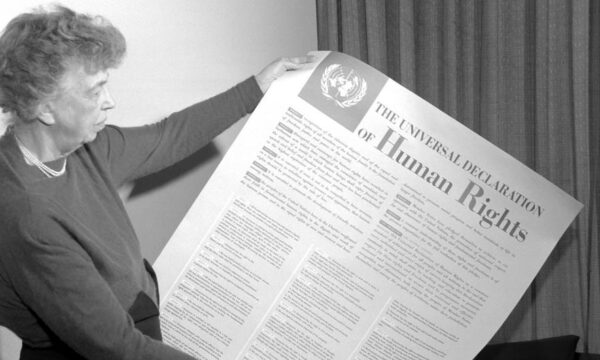
Universal Declaration of Human Rights among new entries to UNESCO Memory of the World Register
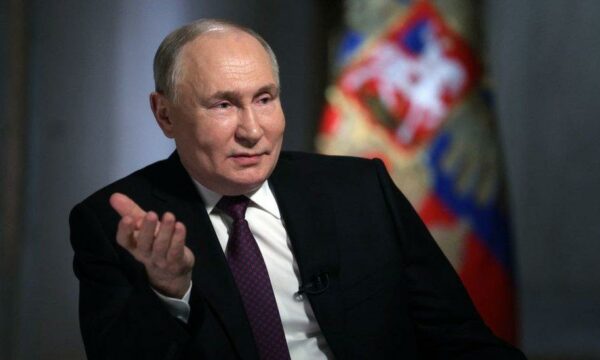
Putin Calls For 3-Day Cease-Fire With Ukraine Over WWII Victory Day

Conclave to elect new Pope on May 7th
Te fundit
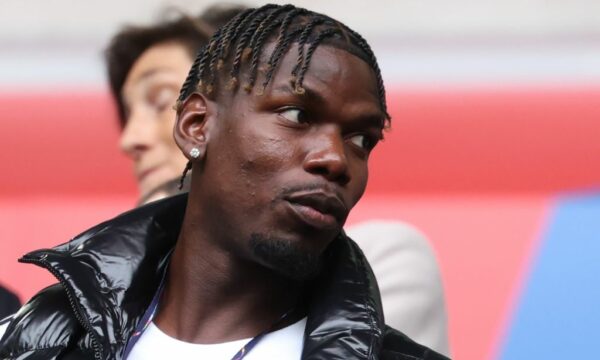
Pogba duket se po rikthehet në fushë pas dy viteve, klubi amerikan po ia mundëson këtë

Mustafa: Kurti t’u tregojë qytetarëve cila është zgjidhja, Osmani t’i ndalë shëtitjet të merret me punët e shtëpisë
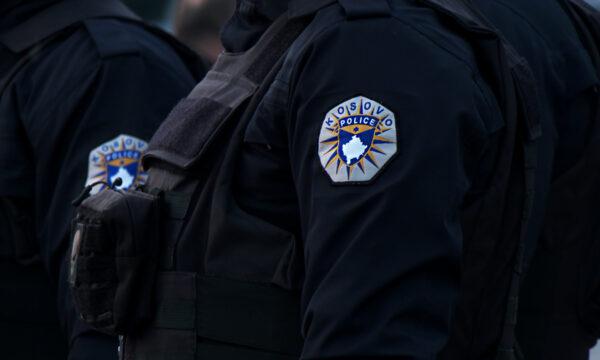
Policia jep detaje për zhdukjen e 54-vjeçares, kërkimi po bëhet edhe me dronë

Nis numërimi i disa fletëvotimeve me postë në Kanada

Ancelotti arrin marrëveshje me Brazilin

Meriton Korenica e shënon edhe një gol në Rumani për Clujin
✕
 Edicioni
Edicioni
 t7 live
t7 live







